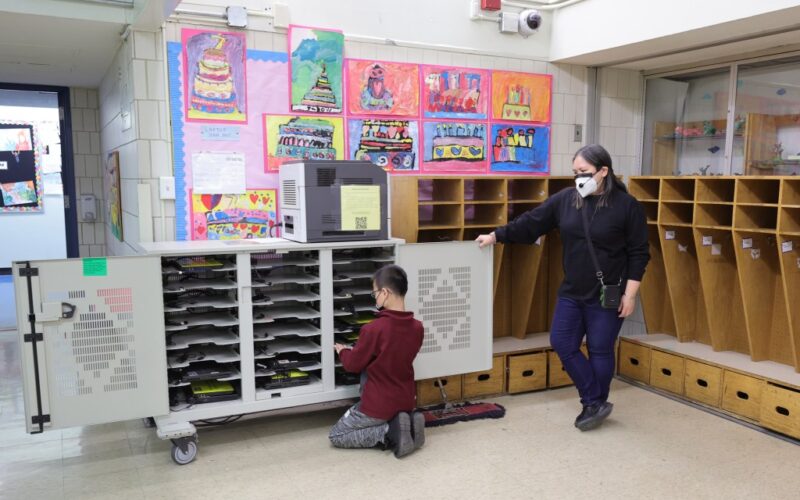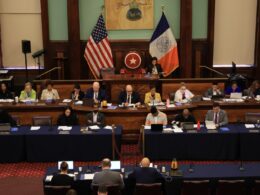As another school season rolls along, one thing is clear: New York’s tech education strategy will have to adapt.
Over the past decade, the city has made slow but steady progress expanding pathways into tech careers for underrepresented New Yorkers. Much of that effort has focused on short-term training programs for adults, like coding boot camps, and on expanding the number of K-12 schools that offer computer science classes.
But those approaches are being rapidly upended by the rise of generative AI. This new era demands a shift in how New York educates — from teaching coding skills to some, to building foundational computing skills for all, integrated across every grade and subject in the K-12 system.
The urgency to act is only growing. OpenAI’s new GPT-5 can generate working software from a single prompt, slashing the need for manual coding. A new wave of AI agents is emerging, capable of coordinating complex, multi-step engineering tasks with minimal human oversight. It’s little wonder that Anthropic CEO Dario Amodei recently warned that AI could eliminate half of all entry-level office jobs within the next five years.
Preparing students for this new landscape will require giving every young person a foundation in computational thinking and digital literacy — the ability to think critically, solve problems, and create with technology across subjects. Because today’s AI tools are built on these principles, students who understand algorithms and logic will be better prepared to use AI and shape the systems that influence our lives.
The good news is that policymakers can build on a solid foundation. The city’s landmark Computer Science for All initiative has succeeded in tripling the number of students taking computing courses since 2015, narrowing gaps for girls, students of color, English language learners, and students with disabilities.
But most students still don’t take a computing class before graduating. In part, that’s because computer science has been viewed as a supplement to the required basic education, not an essential part of one.
To change this, the next mayor should champion a CS4All 2.0 — an initiative to integrate computational fluency across the city’s K-12 system. This plan should invest in preparing every teacher to bring computing into their classrooms with creativity and joy.
Kindergarteners can learn pattern recognition with shapes and blocks. Third graders can explore logic by designing interactive story games. Middle schoolers can investigate civic issues through data visualizations and mapping tools. And high schoolers need hands-on opportunities to experiment with AI — learning how to use, question, and critique it.
The city can achieve this by scaling a cost-effective program that’s already working: CUNY’s Computing Integrated Teacher Education (CITE) initiative. Since 2021, CITE has trained roughly one-third of CUNY’s teacher education faculty and reached more than 10,000 aspiring teachers with computing-infused practice. Its impact is already being felt in city classrooms, which hire roughly one-third of their new teachers from CUNY. But the initiative has only been partially implemented to date, and thousands more teacher candidates are yet to be trained.
By expanding CITE to reach every future teacher, New York can build a sustainable pipeline of educators equipped to bring computational thinking into classrooms citywide. A modest investment of $600,000 per year over the next three years would be enough to scale CITE across all 16 campuses. The city should pair that investment with $800,000 to launch a new Computing Across the Curriculum microcredential, providing in-service teachers with training in digital literacy and AI integration while helping them advance in their careers.
This new credential would also help the city’s schools meet New York State’s new Computer Science and Digital Fluency standards, which will require many more educators to be equipped to teach computing across subjects.
The state can support this work by appointing a high-level statewide director of computing education to set clear goals and coordinate efforts across agencies, and by partnering with the city to scale CUNY CITE and adapt the model for SUNY teacher education programs.
Taken together, these steps would position New York to seize a generational opportunity — and with bold action, lead the nation in preparing every teacher and student for success in the age of AI.
Dvorkin is editorial and policy director of the Center for an Urban Future. Toribio is director of economic and fiscal policy at Robin Hood.








